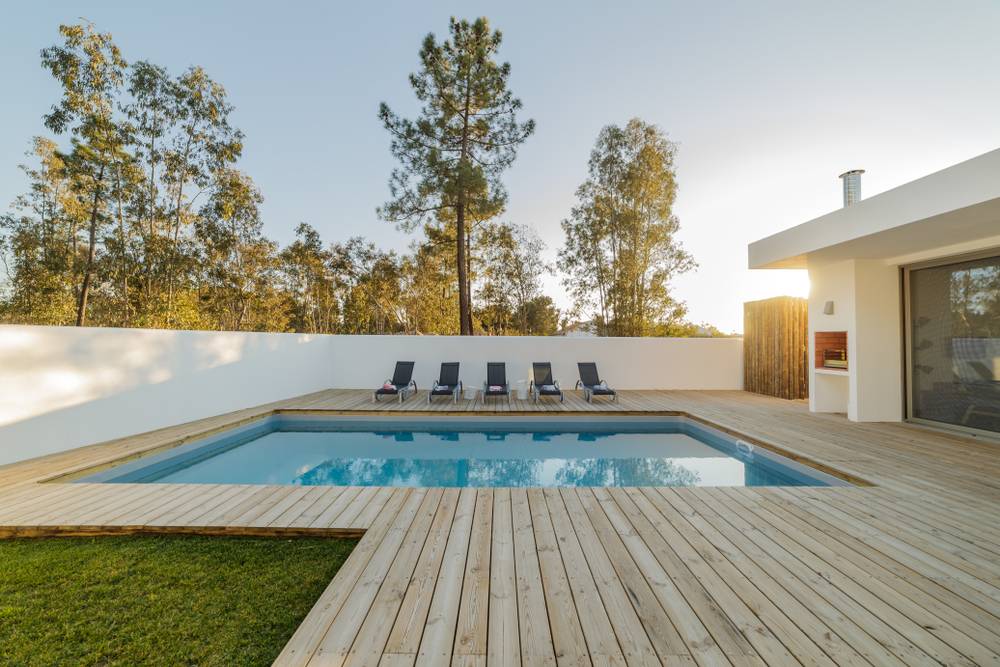Thank you, I have already found the numbers of 40 to 50 CYA for a chlorine pool and 70 to 80 for a saltwater. Indoor as you mentioned is listed as 20 to 30 but I assume that is for chlorine as I have been unable to find anything specific to indoor saltwater.
Your mentioned about cc is interesting as I had been considering a pool cover as it would be easy to do indoors but I'm currently of the opinion it is probably a bad idea to cover it given the fact that not only will my greenhouse reduce UV rays, it is also in the shade 3/4 of the day.
CYA "protects" chlorine from the suns UV Rays.
It is lower (or zero) for indoor pools because they don't get UV rays from the sun.
It is lower for SWGC pools because when adding bleach or liquid chlorine, you add it all on one dose (or maybe two doses per day if you do that). It gets built up quickly, and then has to be protected as it goes down.
A SWGC generator generates chlorine over time, It may run for multiple hours, at multiple times per day. It is like adding liquid chlorine in small doses multiple times a day. You need less sun protection that way.
Your pool is going to be somewhere between indoor and outdoor. It is going to get some UV through the greenhouse glazing, but it will be less UV that it would be in the sun. Start with a low level of CYA, and then see how your SWGC does. If your CL drops too much between cycles, then boost the CYA a little.
It's not a difficult thing, it just requires a little bit of tweaking to get it dialed in.
All of these numbers are just estimates / starting points anyway. A pool in 14 hours of sun a day is going to burn off more chlorine than a pool in partial shade. Two 20,000 gallon pools are going to be different if their surface areas are different. The CYA amount that works for somebody who always uses a solar cover is going to be less that somebody with the exact same pool who does not.


